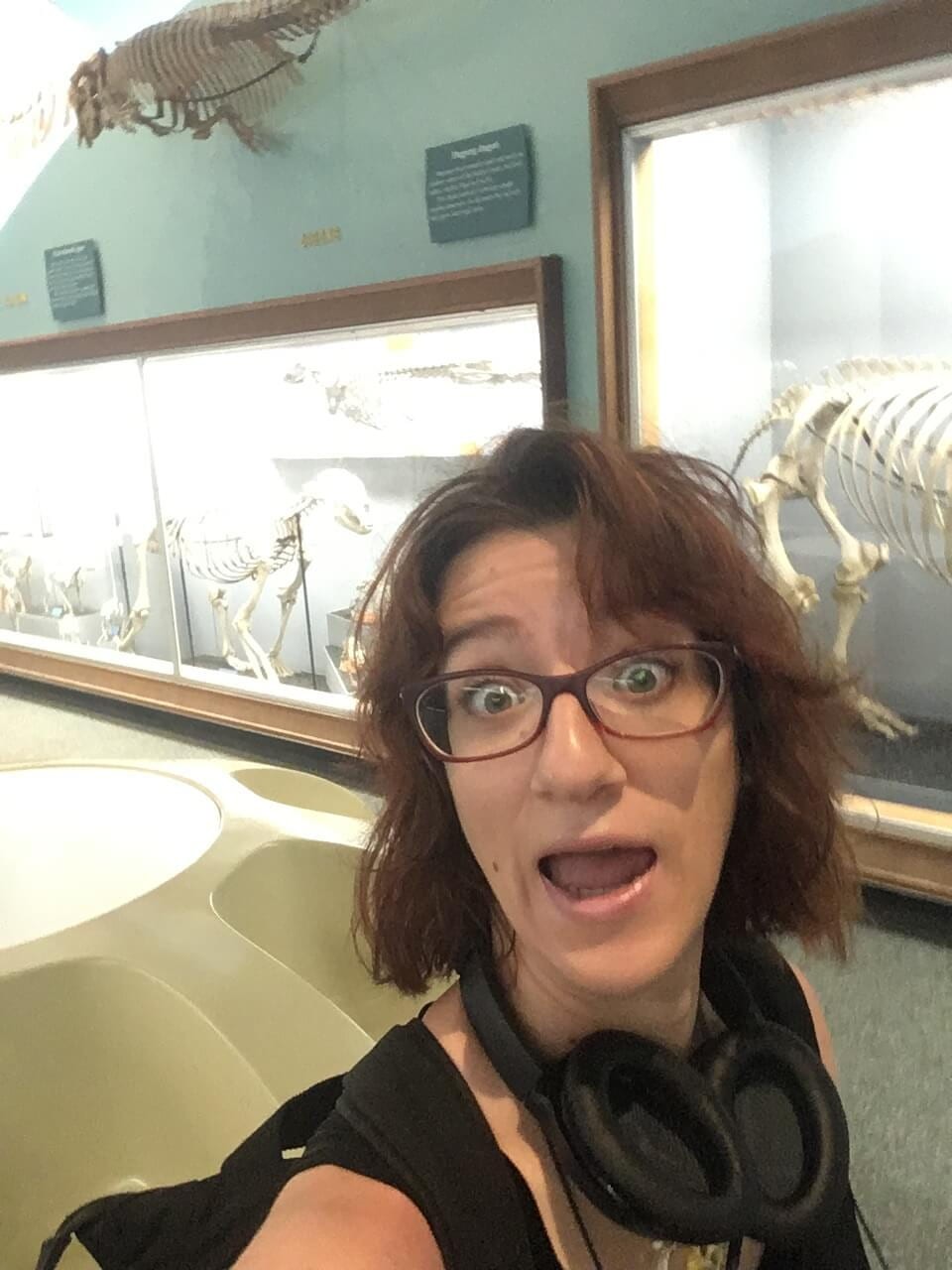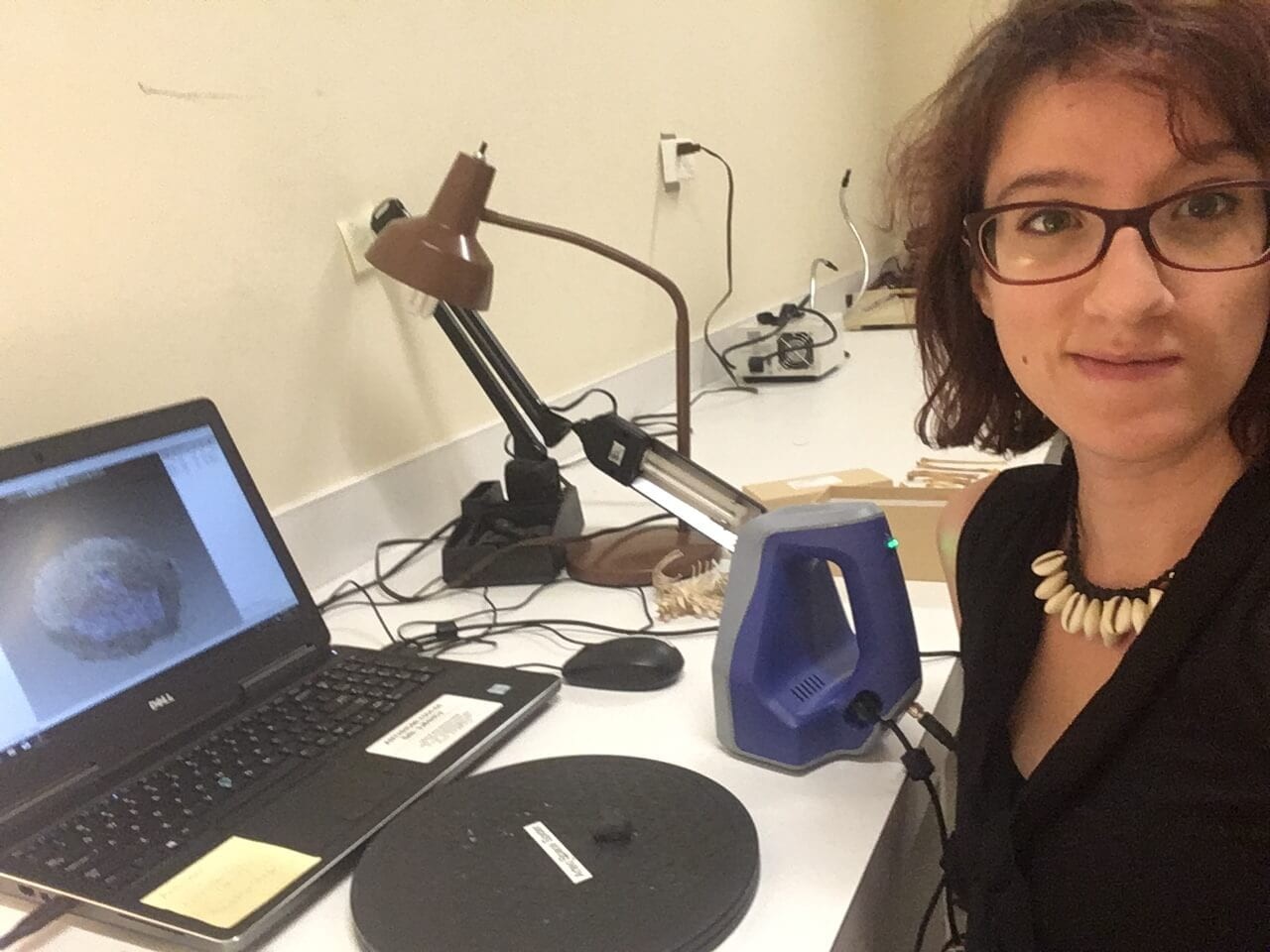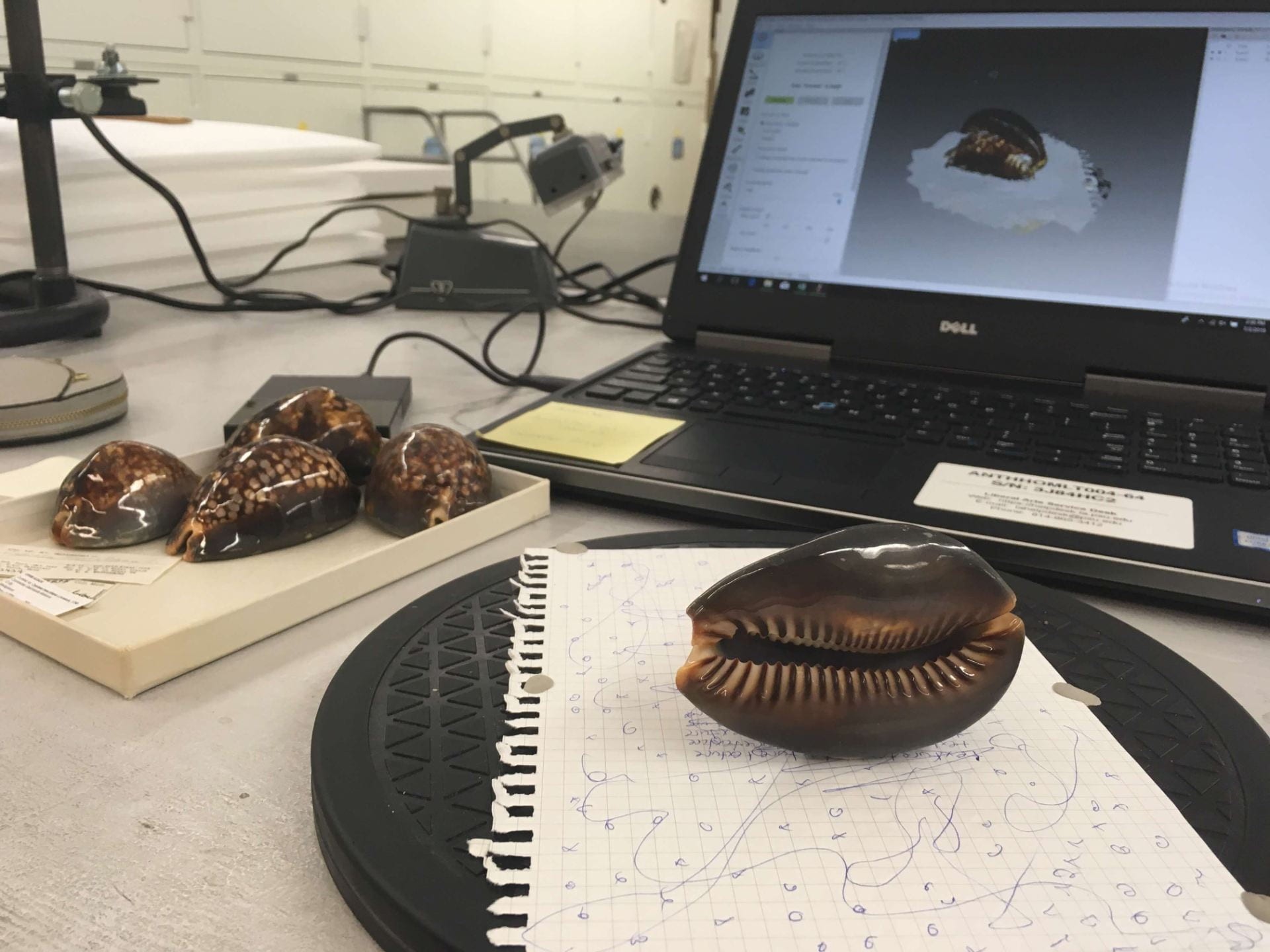Building Comparative Faunal Collections for Human-Environment Research
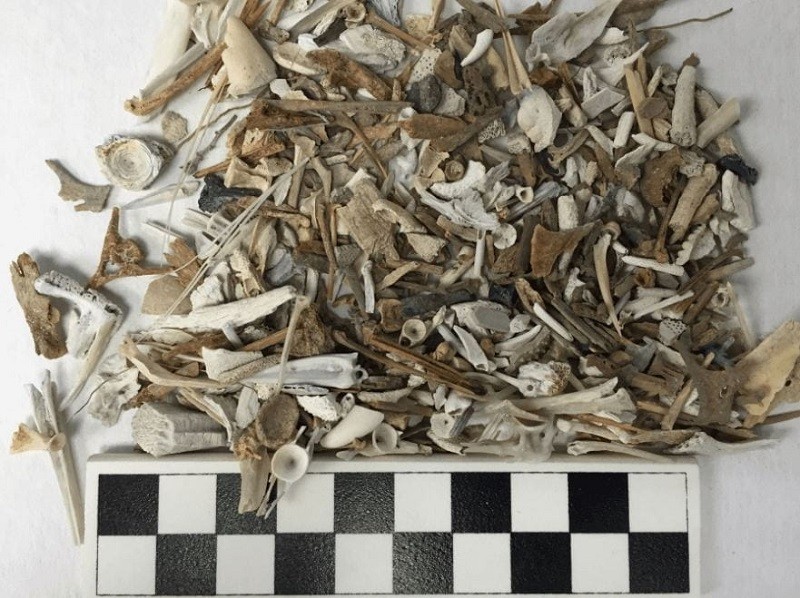
This project has 2 components: the development of a physical skeletal collection of Western Indian Ocean fishes housed in the field lab in Andavadoake and a 3D digitized collection of Malagasy fauna scanned from different repositories (Biby in 3D).
Fishing has endured for centuries in southwest Madagascar and continues to be a part of everyday life for Vezo communities. The OBT lab is Investigating the long-term human engagement with coastal ecologies in this region in partnership with local communities. Learning about the socio-ecological impacts of past and present fisheries is critical to contextualize contemporary challenges related to the conservation of fish biodiversity and fishing livelihoods in southwest Madagascar. One of the key projects in this endeavor was to establish the first archaeological reference collection of marine fauna in Madagascar. In June 2018, OBT lab member Eréndira Quintana Morales led a workshop to provide the training and tools needed to develop and manage a community-based reference collection for interpreting archaeological fish remains. The workshop integrated the skills and knowledge of a diverse group of participants, including fishers, sailors, shellfish gatherers, and community leaders. Through the continued efforts of community members, the collection has grown to almost 250 specimens of varied fish species in less than one year and is a source of pride for the local community. This collection provides opportunities for knowledge exchange and training, which are key to collaborating with community members on in-field analyses of archaeological finds. You can find more information about this project and our collaborative approach to environmental archaeology in southwest Madagascar in a recent publication in the Journal of Social Archaeology.
Biby in 3D is the first portable and publicly accessible reference collection of culturally and ecologically significant southwestern Malagasy fauna. It was created by 3D laser scanning specimens at the Smithsonian National Museum of Natural History. Madagascar has extremely high levels of biodiversity and endemism, and is the crossroads of a complex Indian Ocean network of human migrations, trade, and exchange. Archaeology has the unique ability to contextualize current biodiversity loss and megafaunal extinctions along the timeline of human occupation. Southwestern Madagascar supported the highest levels of endemism in the country, its megafauna were especially sensitive to ecological change, and it has archaeological sites dating back 3000 years. Despite its fascinating human and natural history, however, few studies have systematically investigated human-environment interaction on the island as recorded in the archaeological record. The greatest impediment to these studies is the lack of accessible reference collections. Biby in 3D begins to address the gap in accessible knowledge. Surface meshes are created using an Artec Space Spider. Biby in 3D will be hosted on MorphoSource, an open access online database of 3D reconstructions. Meshes will also be 3D printed on a MakerBot 5th Generation Replicator and housed in the Morombe Archaeological Project (MAP) field laboratory in Andavadoake, Madagascar. Local universities and researchers interested in Madagascar with access to a 3D printer will be able to access the digital scans and print any specimens that may be useful for their research.
Image Carousel with 7 slides
A carousel is a rotating set of images. Use the previous and next buttons to change the displayed slide
-
Slide 1: Building Comparative Faunal Collections for Human-Environment Research
-
Slide 2: Building Comparative Faunal Collections for Human-Environment Research
-
Slide 3: Building Comparative Faunal Collections for Human-Environment Research
-
Slide 4: Indopacific shells found on a beach in Velondriake
-
Slide 5: Building Comparative Faunal Collections for Human-Environment Research
-
Slide 6: Building Comparative Faunal Collections for Human-Environment Research
-
Slide 7: Building Comparative Faunal Collections for Human-Environment Research
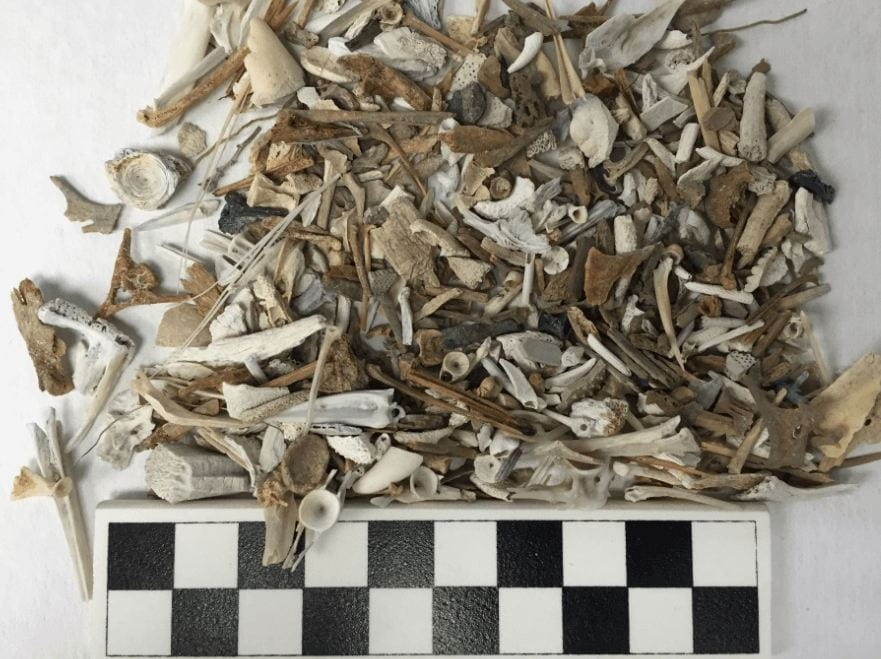

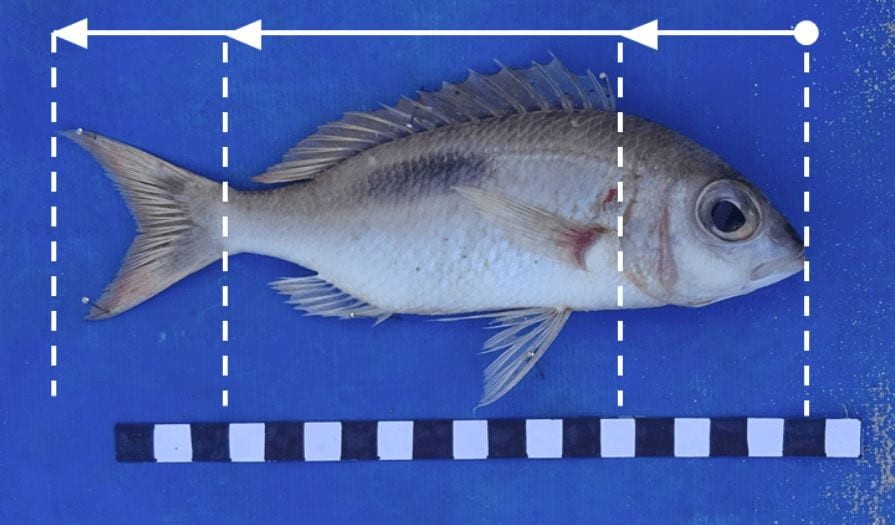
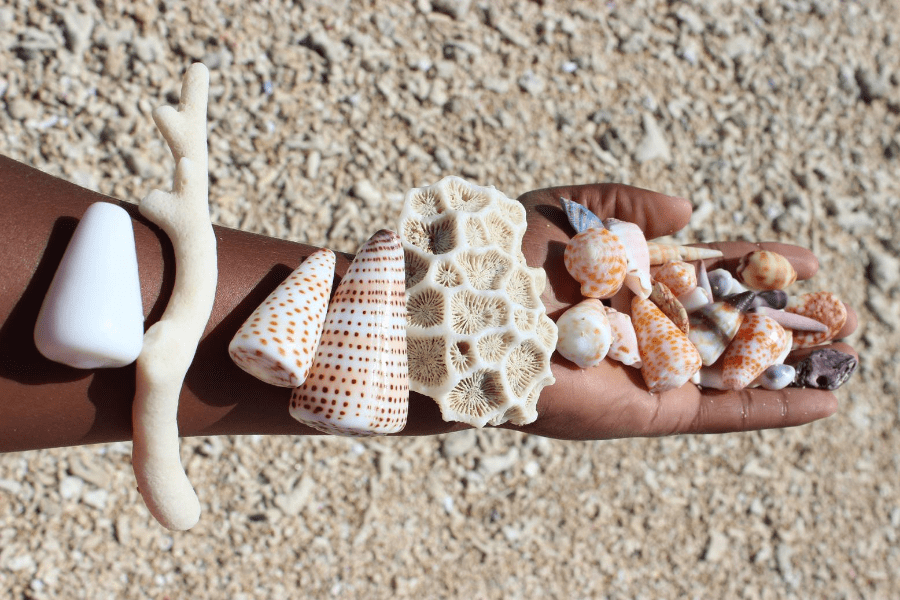
Indopacific shells found on a beach in Velondriake
